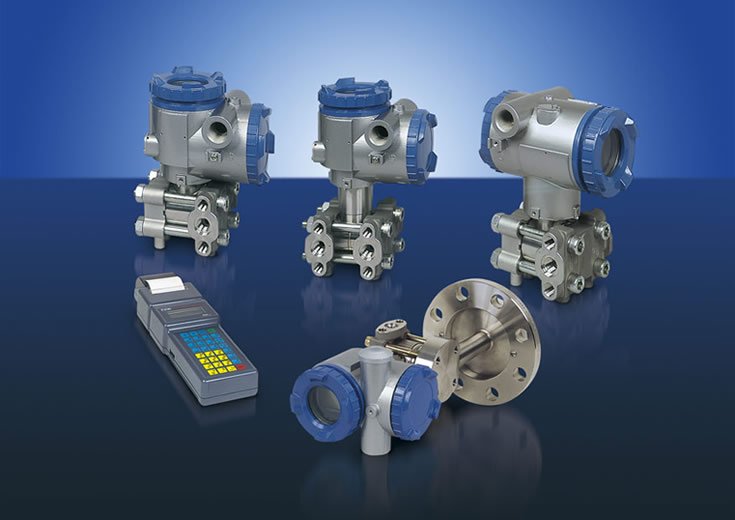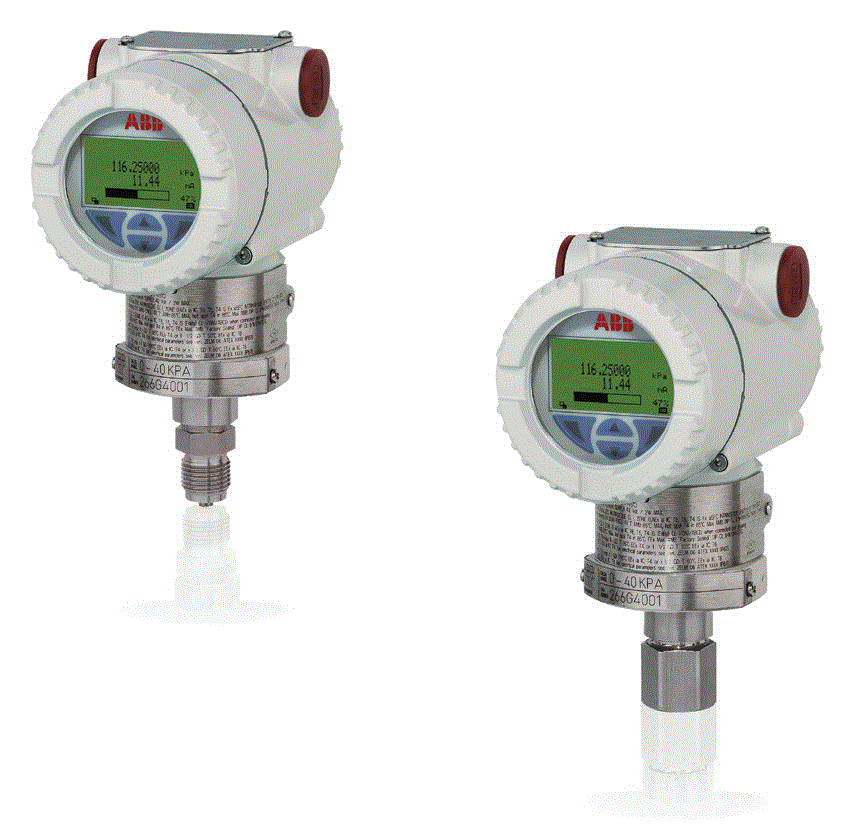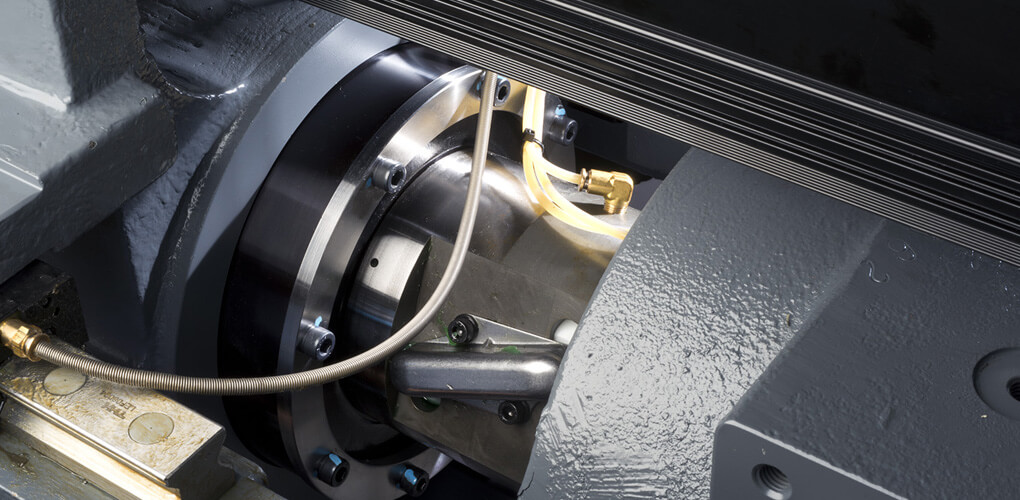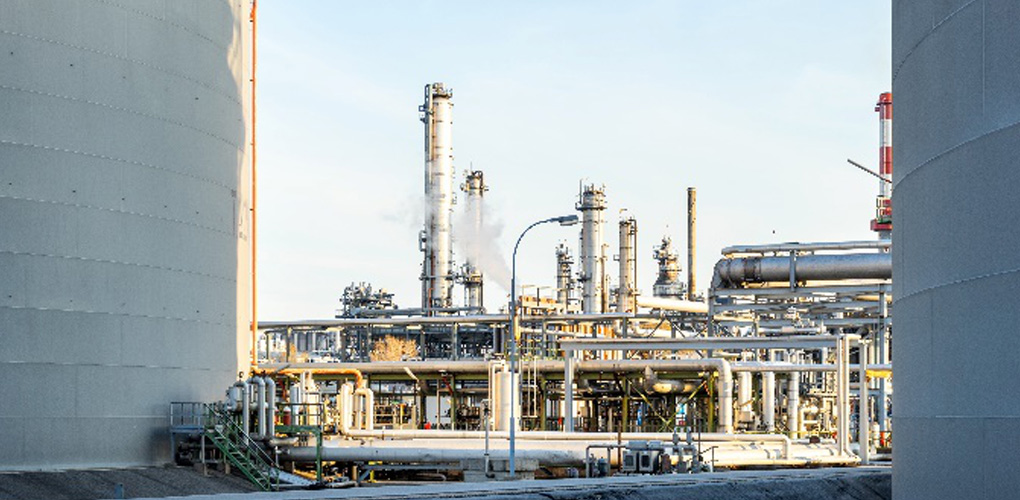Pressure Transmitter for Printing System- Accuracy and specification
Pressure Transmitter for Printing System Receives Swelling Popularity
Finding an adequate Pressure Transmitter for Printing System comes with its trials. A pressure transmitter has various uses ranging from controlling and measuring volume. The first pressure transmitter had limited features; they have since then transpired into useful industrial components. You are unlikely to see a pressure transmitter’s function in a printing system with the naked eye.
Indeed, pressure transmitters have a small and compact structure; they perform a vital duty even so. Nearly all printing systems rely on a pressure transmitter.
Pressure transmitters shifted the limelight from pressure gauges in the past decade. The pressure gauge was a standard feature for any household appliance. Industrial use of pressure transmitters falls back to oil refinement and liquid extraction. The consistent increase in pressure transmitter technology is a direct result of the improvements made in them.
You May Also Read: Transmitter for Printing System: RF design architecture of transmitter
Understanding the working principle of a pressure transmitter requires patience; the process is simple, but the steps can get confusing. A step by step guide is what you need and what we aim to give you in the easiest way possible.
Additionally, pressure transmitter manufacturers follow a strict production procedure for printing systems. Pressure transmitters get placed in highly corrosive environments more often than not. Only the most sufficient material is used in pressure transmitter manufacturing. You will soon see how essential it is for a pressure transmitter to remain damage-free.

The Role of Pressure Transmitter for Printing system in the Printing Process
There is a familiar scent of ink and parchment when you enter a printing room. The euphoria of seeing hundreds of copies printed under minutes is unmatched. The printing process is all the more impressive when studied in an inkjet printer. Inkjet printers are slightly different from the traditional printer. Inkjet machines are the most common form of printers.
Equally important, the inkjet printer includes a specific Pressure transmitter for Printing system. Naturally, the printing process depends on the work of a pressure transmitter.
Our forefathers could not have foreseen the replication of images at this age. Computer printing is the bridge between a screen interface and physical paper. The digital world has come at crosswords with the real world; with that said, we are shifting the focus of technology every day. The printing has advanced to PCB assembly and even tissue recreation.
The use of an inkjet printer provides you with precise digital imaging. Digital printing gained popularity back in the 1950s; since then, printing systems’ face has transformed. Pressure transmitters deserve some form of recognition for the printing system transformation. Without pressure transmitters, the printing system comes to a standstill
Components and function of pressure transmitter for printing system
A pressure transmitter specifically designed for an inkjet printer has various features. These pressure transmitters are mass-produced, and they can survive in another setting as well. There is no industry associated with a pressure transmitter; they can perform the same duties on different devices.
Consequently, pressure transmitters come with no specific set of rules. Transmitters entail care and accurate installation. A wrongly installed pressure transmitter can do more harm than good. Inkjet printers come in all kinds of sizes; therefore, the pressure transmitter location site is interchangeable. Pressure transmitters used in inkjet printers have some of the standard features illustrated below:
- Stainless-steel pressure connecting joints
- Anti-corrosive exterior
- Preference to alter pressure range from 100KPa to 4MPAa
- Corrosion-resistant pressure diaphragm
- Easy installation and minimal length
- Height and width can be custom prepared
An Ink Pressure Transmitter does not have one application. Apart from inkjet printers, an ink pressure transmitter is equally advantageous in other devices. We suggest using an ink pressure transmitter in heating systems, excavators, medical storage, and cement production. By all means, the diverse submission of pressure transmitters in industries is a playing card for the future.
Specifications Revolving around Pressure Transmitter
The working principle of a simple pressure transmitter is quite simple. As established previously, the primary function of a pressure transmitter is to monitor the volume output and input in Pascal. Let’s discover how this happens. Brace yourselves for an intricate work process; we will try to keep the terminology as straight forward as possible.
To illustrate the pressure transmitter method, take the example of a chain reaction. Similarly, one thing leads to another; when the pressure transmitter senses pressure, it conducts a chain reaction. The reaction begins when the pressure limit increases or decreases. The pressure sensor senses these changes, and the diaphragm present on the sensor deflects pressure.
Perhaps the most vital component of a pressure transmitter is the diaphragm. Good quality diaphragms compose of pressure sensitive material. The “transmitter” part of the pressure transmitter comes into action when the pressure signals transmit themselves into electrical signals. The electrical signals released by a transmitter have a set range.
Consequently, most pressure transmitters cover a small area. Larger transmitters have a superior range area. The change in electric signals is directly proportional to the pressure sensed. Once a pressure transmitter shows signs of fluctuating pressure, the device managers are alerted. Pressure measurement is accurate to the last figure; hence pressure transmitters are a reliable source of measurement.
Increasing competition in providing accuracy
Pressure transmitter manufacturers claim to provide the most accurate results. Accuracy is a critical selling point when it comes to medical applications. Vacuum pressure transmitters control the air pressure in enclosed chambers. Every slight change in pressure has a drastic effect when experimental trials are in place.
In spite of this, the “best-accuracy” is not the only thing you should consider when purchasing a pressure transmitter. All pressure transmitters can give you accuracy; however, not all of them are corrosion resistant. Transmitters made from tungsten have a concrete exterior. In the best-case scenario, the pressure transmitter should provide results safely and consistently.
Recently, re-ranging has made accurate readings all the easier. Modifying a set range will allow the pressure transmitter to provide accuracy in any setting. You no longer have to test the pressure ranges when a simple dial can solve your problems. Unfortunately, re-ranging is not available in all transmitter models. Re-ranging reduces accuracy errors; thus there is no need for lengthy calculations.

Pressure Transmitter for Printing Systems-Take Away
On the whole, purchasing a pressure transmitter for the right field of work is a difficult task. The function and specialty of most pressure transmitters vary with application. Studying every part of a pressure transmitter reveals its elegant design and advanced technology. Engineers are finding ways to integrate pressure transmitters in every field.
The technological advantages of a pressure transmitter should be available in every industry. Industries that incorporate a pressure transmitter in their work deliver maximum results. Delivering high results is possible with pressure transmitters because they reduce errors and continue to manage volumes for you. A pressure transmitter takes over the work previously performed by a human.
You May Also Read: Transmitter for Printing System: RF design architecture of transmitter
Hence, human resource is becoming extinct with the increased reliance on technology. The future lies in a scientifically progressive society where pressure transmitters are likely to be present. A transmitter not only boosts a device’s performance but also relieves you of extra effort.
Still, confused about the workings of a pressure transmitter for a printing system? Feel free to contact us now












